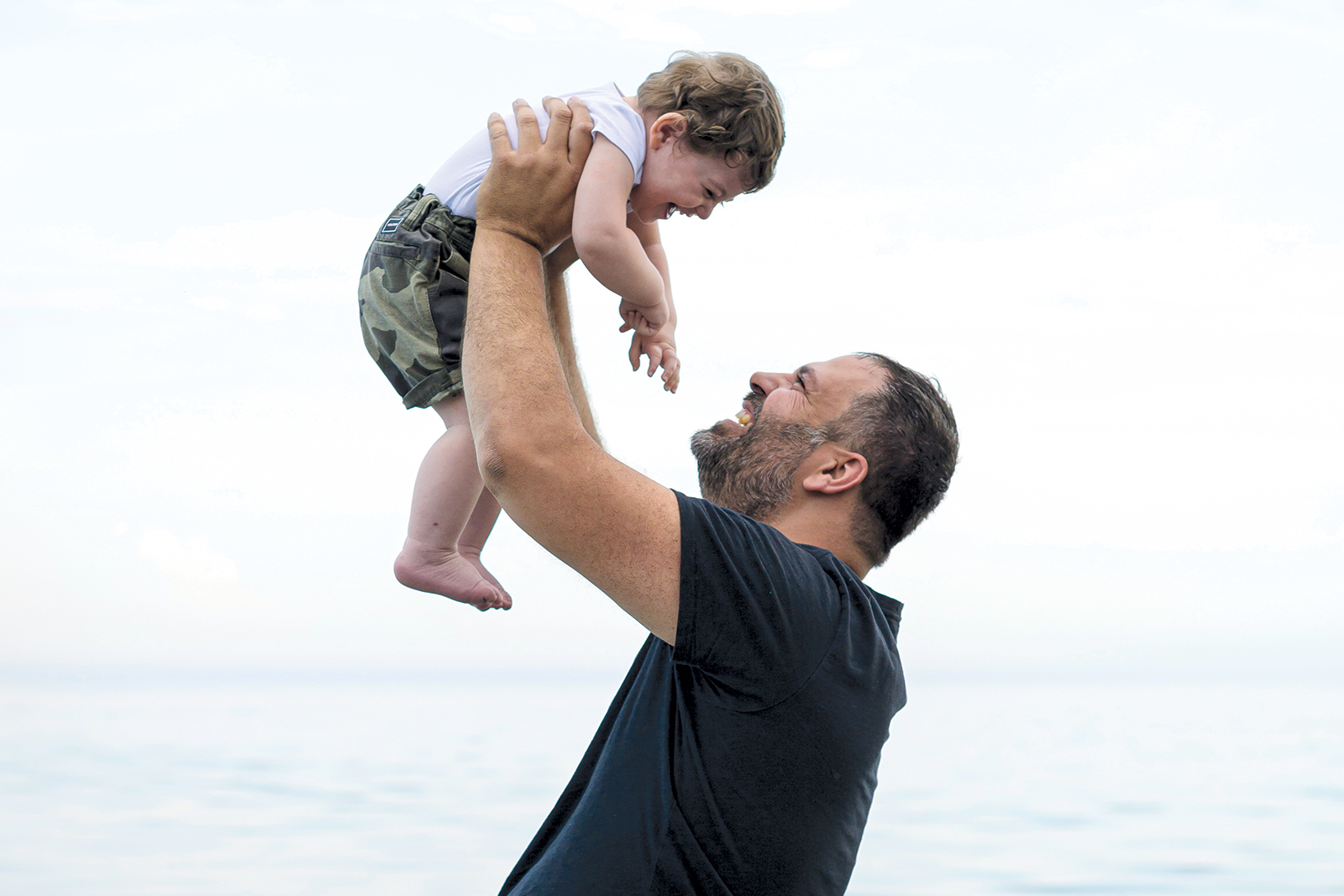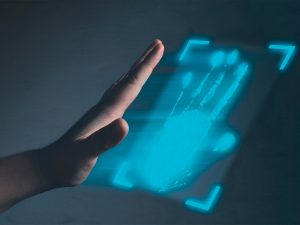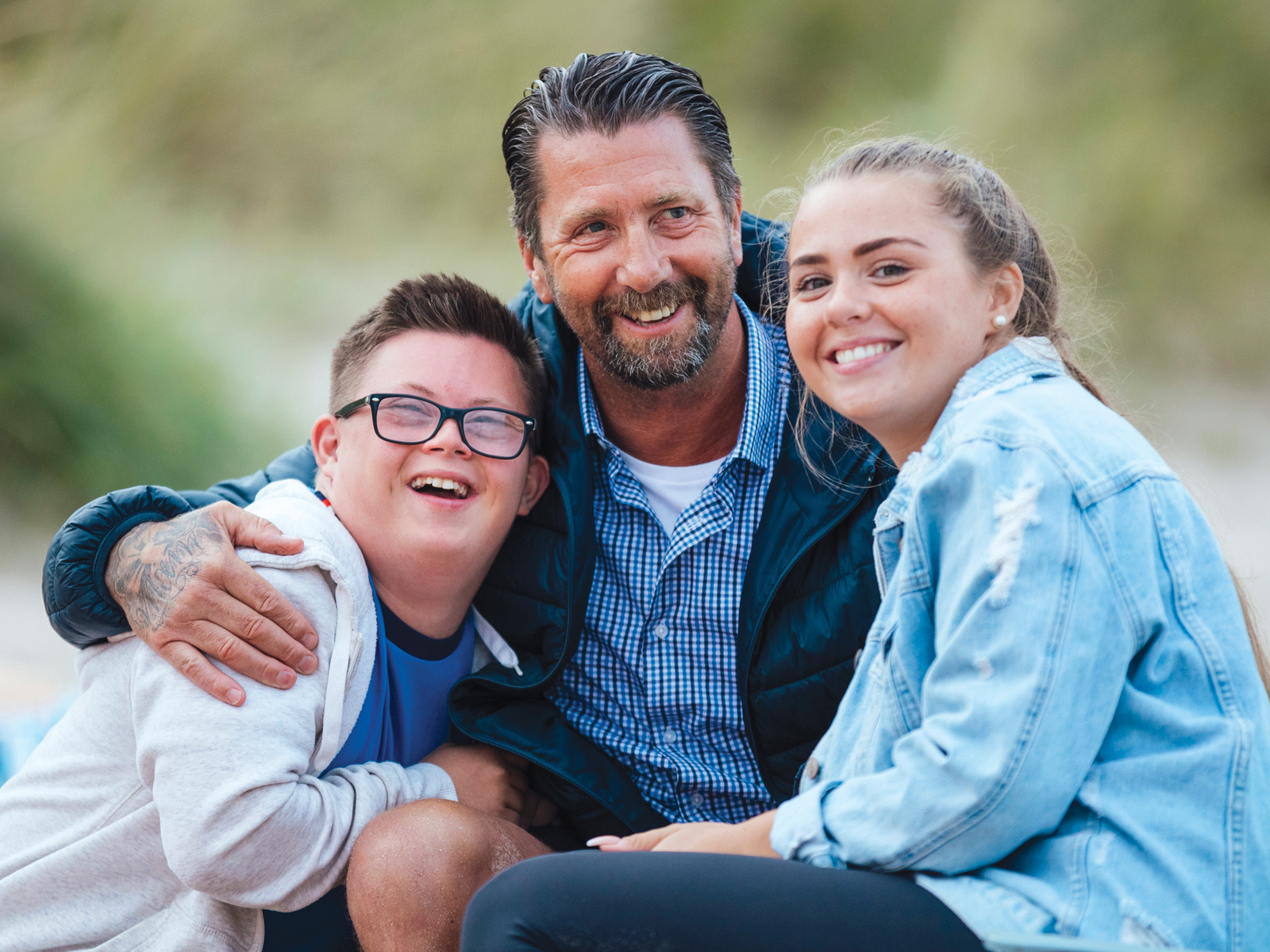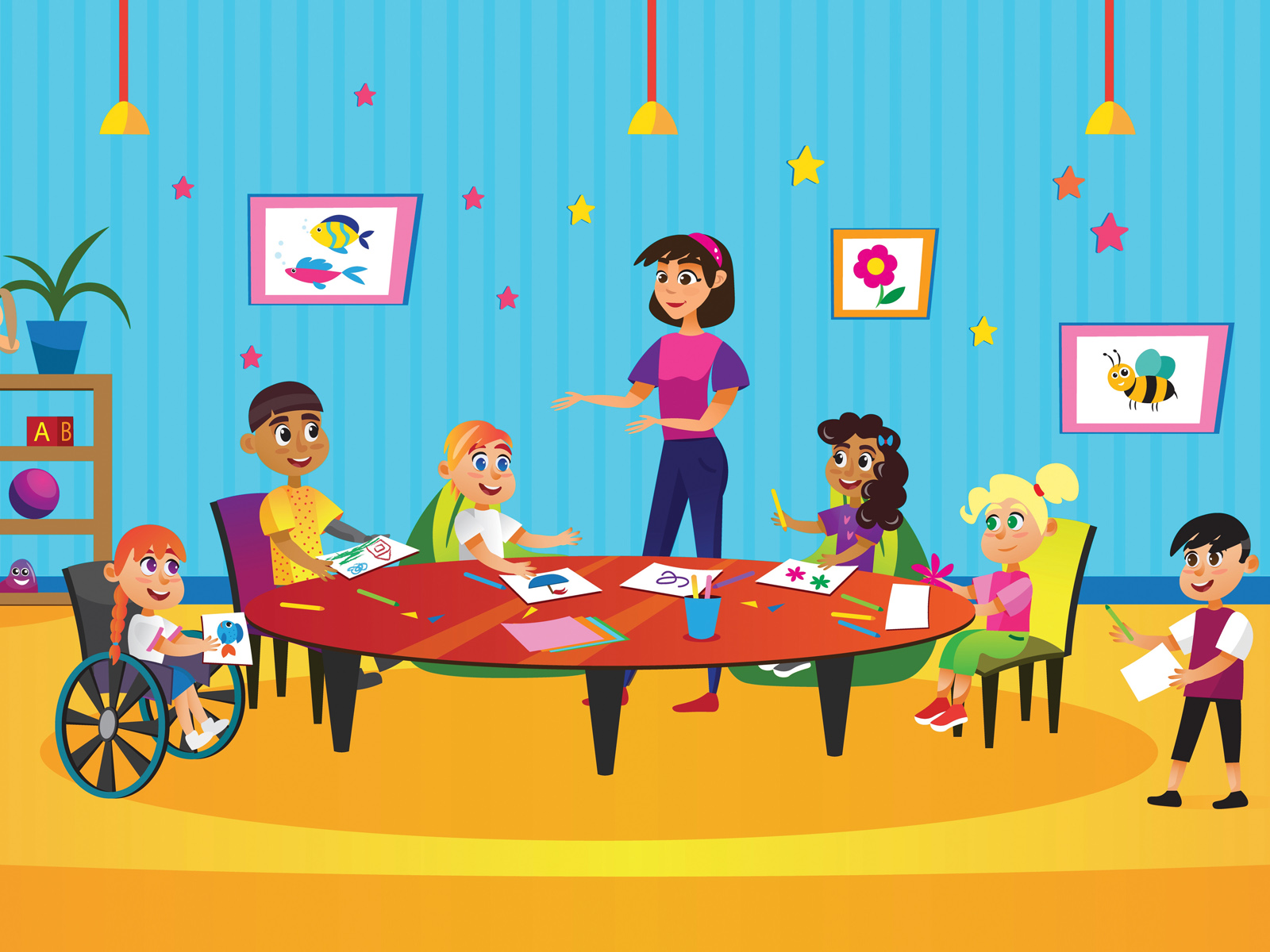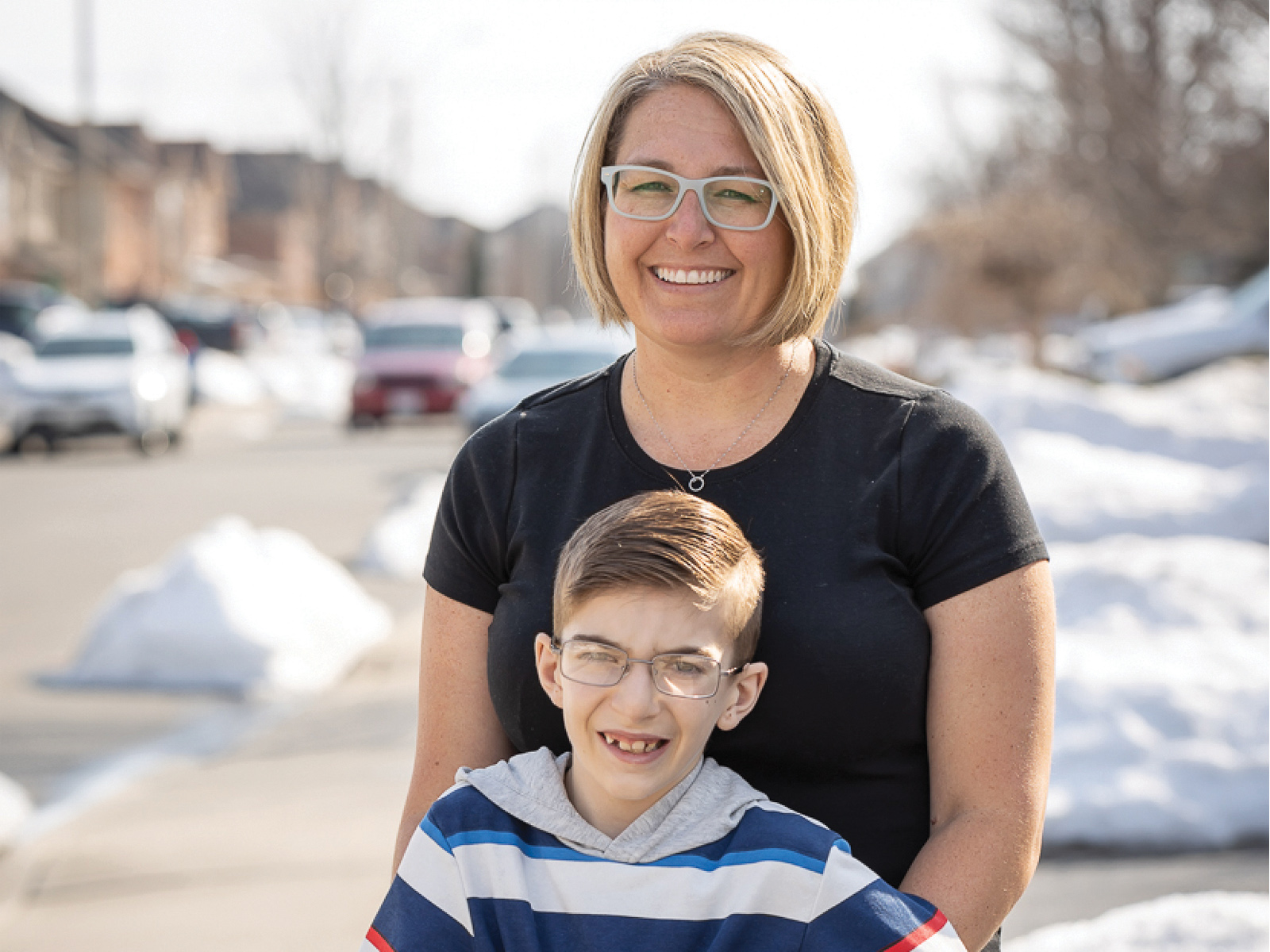Hereditary spastic paraplegia is a general term for a group of rare, inherited disorders that cause weakness and stiffness in the leg muscles. Symptoms worsen over time. The condition is also known as familial spastic paraparesis or Strümpell-Lorrain syndrome.
When he was only 15 months old, Toronto infant Michael Pirovolakis was diagnosed with an ultra-rare degenerative neurological disorder known as spastic paraplegia 50 (SPG50). Now almost two years old, it’s expected that SPG50 will continue to take away Michael’s physical and cognitive abilities and leave him paralyzed by the time he is 10. Doctors have told Michael’s parents, Terry and Georgia, that there is no cure.
Michael’s parents choose to believe in a brighter future for their son. After traveling around the world and consulting with some of the foremost experts in cutting-edge gene therapy, they learned that a novel treatment under development at the University of South Texas might be their son’s only viable option. There, they met with Dr. Steven Gray. Dr. Gray’s ground-breaking treatment—using a virus to deliver a replacement gene to Michael’s central motor neuron—could allow Michael’s body to produce a protein it currently lacks and drastically reduce the severity of his symptoms. It might even reverse some of the damage that SPG50
has already caused.
“You can learn many things from your kids.
How much patience for have, for instance.”-Unknown
Of course, such a revolutionary treatment carries a significant cost: $3 million. Engaging the media, local charities and community groups in the city of Toronto, Terry and Georgia have been tireless in their quest to raise awareness and funds for Michael’s treatment. That’s because they aren’t just fighting for Michael—they’re also fighting for up to 20 other children suffering from the same or related conditions who might be helped by this viral treatment. If funded, Dr. Gray and his team will be able to produce enough gene-laden adenovirus to treat at least seven but up to 20 other kids, if the process goes well.
As Terry and Georgia continue to hope for a brighter future with cutting edge gene therapy for their son and other kids like him, they are humbly requesting and deeply thankful for any help in raising awareness. For more information about the family’s mission to educate, please visit CureSPG50.org.

